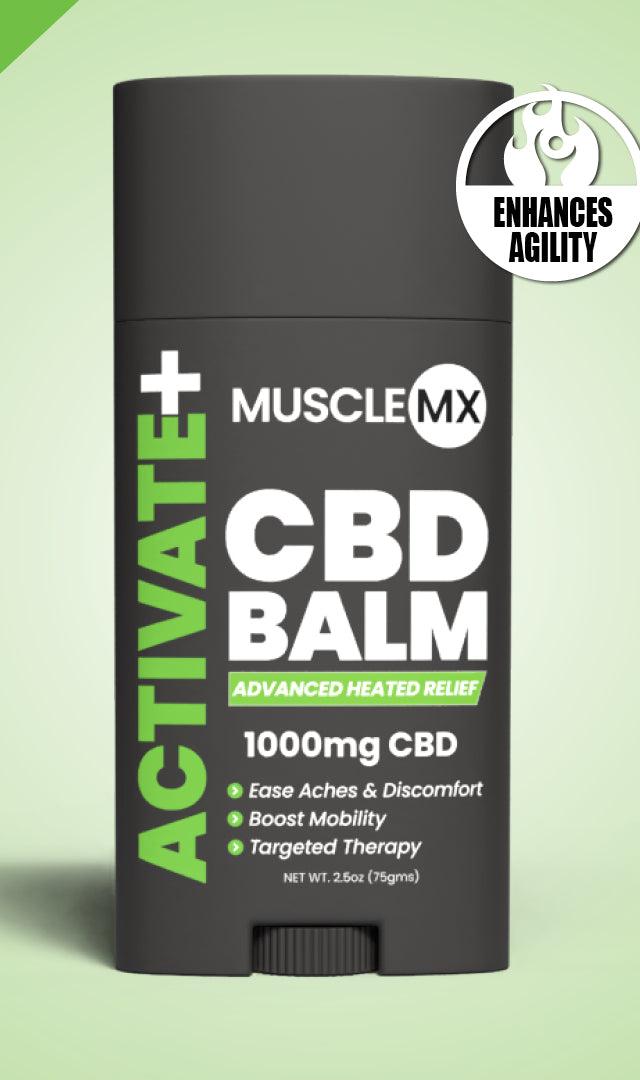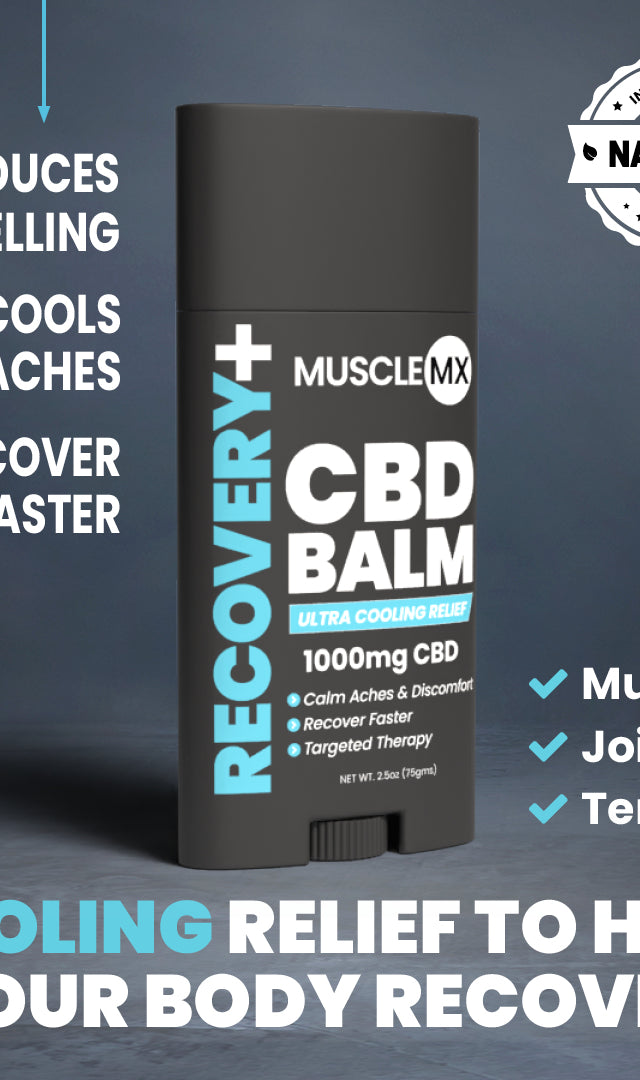Why Do My Bones Ache
Common Factors and Symptoms
|
| As we age, it's not uncommon to experience aches and pains throughout our bodies. However, when these pains center on our bones, they can significantly impact our daily lives. Bone pain can range from mild discomfort to a severe, persistent ache, making it difficult to perform even the most basic activities. |
Therefore, understanding the causes and treatment options for bone pain is crucial to achieving a better quality of life. In this guide, we'll explore the various causes of bone pain and discuss effective treatment options.
What Are Some Common Causes of Bone Pain?

Bone pain is one of those things that can get in the way of life, much like a pothole on a country road. As we delve into the many causes of bone pain, we learn how complex the human body is and how even the slightest disruptions can cause significant issues.
When it comes to musculoskeletalcauses of bone pain, there are several possible causes to be aware of:
Osteoarthritis
Osteoarthritis is a type of joint disorder where the cartilage (the cushion between bones) wears away, resulting in chronic joint pain and stiffness.
Rheumatoid Arthritis (RA)
RA is an autoimmune disorder that can turn your joints into your worst enemy, impacting your immune system and causing chronic inflammation and pain, and making everyday tasks feel like a Herculean effort. Arthritic changes can weaken bones, leaving them vulnerable to fractures, dislocations, and deformities.
Bursitis
Bursitis is a condition that's like osteoarthritis but without bones. It occurs when the bursae (the fluid-filled sacs that protect your bones and muscles) become inflamed, leading to pain and stiffness. Bursitis may result from overuse or injury and is often seen in athletes, musicians, and workers who perform manual labor.
Osteoporosis
Osteoporosis is a bone-thinning disease that makes bones brittle and weak, increasing the risk for fractures. Especially in aging adults, osteoporosis can weaken the bones and make even the smallest bump or fall extremely dangerous.
Bone Fractures
Bone fractures entail a sudden and jarring pain. It's a common cause of bone pain that can occur due to trauma or injury but can also be caused by stress, overexertion, and even bone diseases such as osteoporosis.
Osteomyelitis
Osteomyelitis is a bacterial infection in the bones that can cause fever, chills, and severe pain. The bacterium, usually staphylococcus, enters the bone through a wound or surgery and can lead to chronic pain and swelling.
Sickle Cell Anemia
Sickle cell anemia is a disorder that affects the shape of red blood cells, causing them to become crescent-shaped and rigid. It can lead to reduced blood supply to various body parts, including bones, which can cause bone pain and other complications, such as swelling and limited mobility.
Bone Cancer
Bone cancer can include leukemia, which affects bone marrow, osteosarcoma, or myeloma as a result of mutant cells.
These mutant cells can evade the body's immune defenses, resist programmed cell death, and metastasize to other body parts. The microenvironment surrounding the tumor is also an essential factor, as it can both support and suppress the growth and survival of cancer cells.
Despite the many potential causes of bone pain, many treatment options are available to help manage your pain and improve your quality of life. Whether it's through medication, lifestyle changes, or a combination of therapies, there is hope for those dealing with bone pain, and with a little bit of perseverance, you can get back to living your life to the fullest.
How Is Bone Pain Diagnosed?
Bone pain is a pain in the, well, bone. Accurately diagnosing this orthopedic ailment, from a broken bone to a bone infection, requires a thorough and systematic evaluation of the patient's medical history, physical examination, and diagnostic tests. The causes of bone pain can be varied and complex, making the process of achieving a precise diagnosis akin to solving one.
Medical History
A patient's medical history is an essential first step in searching for a diagnosis. It's like reading a detective novel to find clues to the culprit of the crime. A physical examination can also offer valuable insights, such as identifying areas of tenderness or swelling.
Diagnostic Tests
Diagnostic tests are the next step in the process, and they're like the science lab that helps reveal the mystery. For example, blood tests can detect systemic abnormalities contributing to the pain. In contrast, imaging tests, such as X-rays, CT scans, and MRI scans, can provide visual details of the affected bone or joint and its surroundings.
Next Steps
In some cases, additional diagnostic tests, such as bone biopsies, may be necessary to help identify the underlying cause of the pain.
Accurately diagnosing bone pain can be a complicated process, and it entails carefully piecing together the patient's medical history, physical examination, and diagnostic tests. Identifying the underlying cause of the pain is essential for effective treatment and improving patient outcomes.
What Are the Treatment Options for Bone Pain?

While the causes of bone pain are varied, fortunately, there are a variety of treatment options available to help alleviate the discomfort. Here's a closer look at some of the most commonly prescribed treatments:
Pain Relievers
First up, we have the heavy hitters of the pain-relieving world. Acetaminophen and ibuprofen are the stalwarts here, armed with the power to quell inflammation and block those pesky pain signals. And if that's not enough, there are also opioid and steroid options that can pack a punch. But, of course, all of these require a prescription and should be used only under the direction of a doctor.
Opioids act on the body's nervous system to dull the pain sensation and can be prescribed as a short-term solution or for chronic cases. Steroids, on the other hand, rapidly reduce inflammation and are often used to treat arthritis or other inflammatory conditions.
Anti-inflammatory Medications
Anti-inflammatory medications can help ease conditions like arthritis or bursitis by reducing swelling and pain with precision and efficiency. However, as with any powerful tool, there can be side effects, so be sure to confer with a healthcare professional before deploying these brave souls.
While acetaminophen and ibuprofen are technically considered anti-inflammatory medications, drugs like DMARDs (disease-modifying anti-rheumatic drugs) and biologics are specifically designed to target the underlying cause of the inflammation rather than mask the symptoms with temporary relief.
Physical Therapy
Physical therapy can be a valuable tool in the bone pain arsenal. It's like having your own personal trainer for your anatomical well-being, guiding you through exercises to improve strength, flexibility, and range of motion. Not to mention, physical therapy can also be great for overall fitness, helping you stay in top physical condition to reduce the risk of future injuries.
Supplements
Sometimes, your bones need a little extra support, and that's where supplements come in. Calcium and Vitamin D are essential nutrients that can bolster bone density and prevent dreaded osteoporosis. And while the jury's still out on some supplements, like omega-3 fatty acids or glucosamine, they may benefit bone health. However, the supplement and non-food products industry is rapidly expanding, so it's important to talk with your healthcare professional before taking any supplements.
Furthermore, supplements aren't FDA-regulated like medications, so it's essential to do your research and ensure the products you're using are safe. To ensure safety, you might consider inquiring about certificates of authenticity (COAs), which guarantee that the supplement contains what it claims. Some supplement companies don't do their due diligence when screening for heavy metals, bacteria, or other contaminants, so take the necessary steps.
When all else fails, it may be time to call in the big guns: surgery. This last resort is reserved for the most challenging cases, like severe osteoarthritis or bone cancer. But when it's necessary, surgery can be a lifesaver, with procedures like joint replacement, bone fusion, or osteotomy ready to alter the shape or structure of the affected bone or joint.
How Can You Prevent Bone Pain?
As with any medical concern, prevention is the unsung hero of the bone health world. So here are a few tips to keep your bones healthy and pain-free:
Maintain a Healthy Lifestyle
First up — maintaining a healthy lifestyle. A balanced diet with all the good stuff, like calcium, vitamin D, and protein, can help keep your bones strong and resilient. Although we discussed supplementation, medical professionals recommend you get your nutrients from food first. And don't forget regular exercise, whether it's a brisk walk, a yoga class, or lifting weights at the gym.
Avoid Strain
But it's not just about what you do – it's also about what you avoid. Certain activities can put a real strain on your bones, like high-impact sports or repetitive motions. So be mindful of what you're doing and how it might affect your bones. Our bodies take a lot of punishment, so do your best to give them a break when you can.
Get Regular Checkups
Regular checkups with your healthcare provider may not be the most exciting part of your day, but when it comes to keeping your bones in peak condition, they're worth their weight in calcium. Think of it like a tune-up for your car – just as you wouldn't wait until your engine is smoking to bring it in for a checkup, you shouldn't wait until you're in pain to see your healthcare provider.
Conquering Bone Pain
Bone pain renders even the strongest among us powerless. But with a little effort, you can fight back against the pain and reclaim your quality of life. From the ever-present osteoarthritis to the far more sinister bone cancer, taking concrete steps towards a healthier lifestyle can save you from the pain. Of course, a balanced diet, regular exercise, and lifestyle adjustments should all be your most trusted tools first.
Exploring the potential of holistic supplements to enhance your well-being is a decisive first step toward achieving a more active lifestyle. Your well-being is foundational to your life, so give yourself the best chance of success by paying close attention to what you consume.
Muscle MX is proud to be a part of your journey toward optimal well-being. With a focus on both modern science and traditional remedies, we strive to help you take back agency in your life.
Visit Muscle MX today, and get one step closer to living life at your best.
Sources:
Osteomyelitis | Johns Hopkins Medicine
Bursitis | Johns Hopkins Medicine



















































